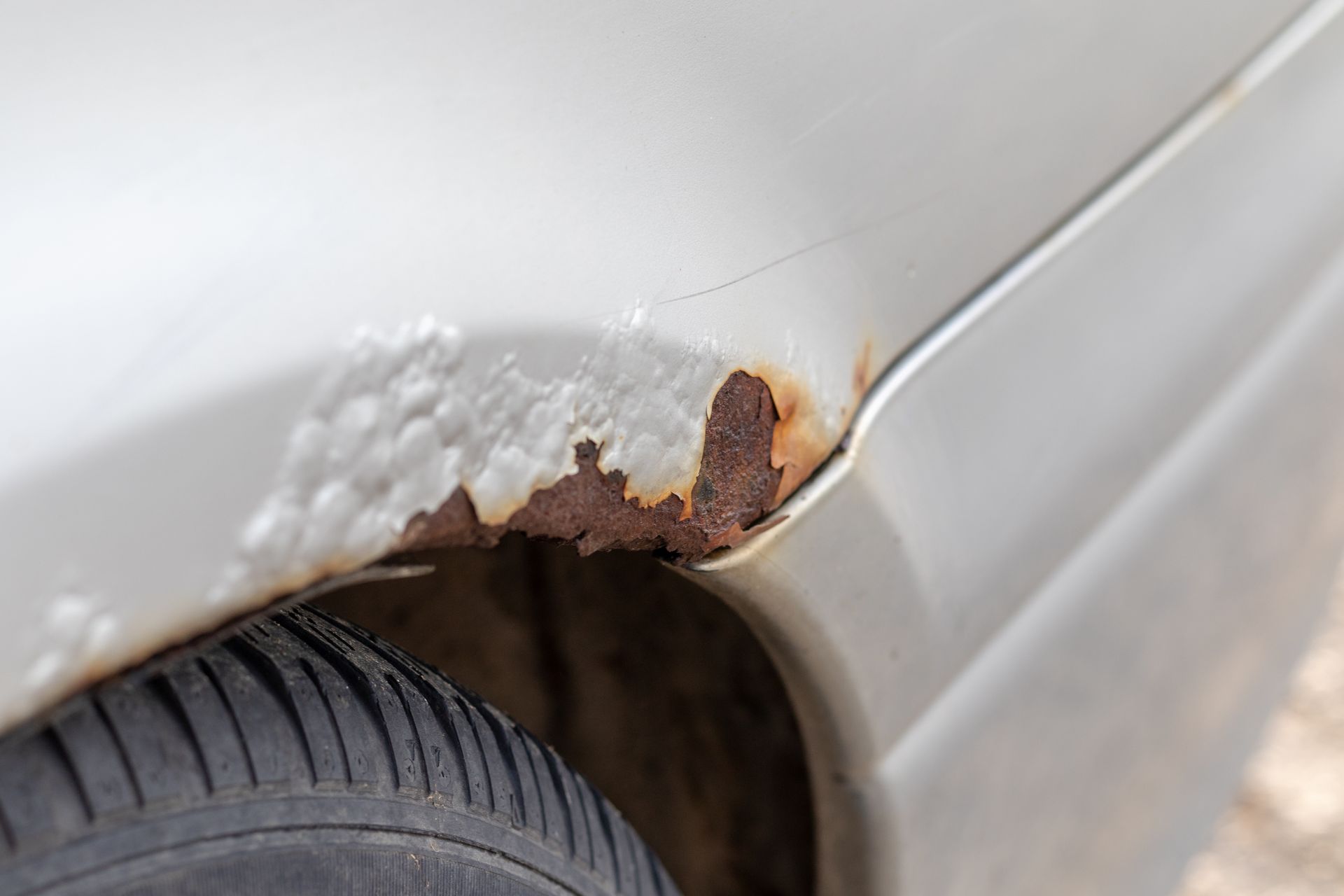A check engine light is never something to ignore, but when it starts flashing instead of staying steady, that’s your car's way of shouting that something serious is wrong. Unlike a solid light that might indicate a minor issue, a flashing check engine light means there’s an active misfire happening in your engine—something that can cause major damage in a short amount of time if not addressed.
If you've seen that light blinking on your dashboard while driving around Bremerton, it's time to take action immediately. Here’s what that flashing really means and what you should do next.
What a Flashing Check Engine Light Is Telling You
A flashing check engine light is your vehicle’s urgent warning system. In most cases, it means the engine is misfiring badly enough that unburned fuel is entering the exhaust system. When this happens, that fuel can ignite in the catalytic converter—a component that’s not designed to handle raw fuel.
This can cause the catalytic converter to overheat or fail entirely, leading to a very expensive repair. It’s not something you want to ignore or hope will go away on its own. Even if the car seems to run okay, driving it with a flashing check engine light is a serious risk.
Misfires Are Often the Root Cause
An engine misfire means one or more cylinders are not firing correctly. That could be due to a failing spark plug, a faulty ignition coil, a clogged injector, or an issue with engine compression. It can also stem from bad fuel or a failing sensor that throws off the fuel-air mixture.
Some misfires are random and intermittent. Others are severe and constant. When your vehicle’s computer detects one, it triggers a diagnostic trouble code and activates the flashing light if the misfire is bad enough. You may also feel the engine running rough, hear unusual sounds, or notice reduced power.
Other Symptoms That Often Appear Alongside a Flashing Light
If your check engine light is flashing, chances are you’ll notice other signs that something is wrong. The car might shake while idling or accelerating. You could experience a sudden drop in fuel economy. In some cases, you might even smell fuel or exhaust fumes more strongly than usual.
These symptoms confirm what the flashing light is already telling you: the engine isn’t running right, and something is failing quickly. If you ignore these signs and keep driving, you’re putting additional components like the catalytic converter, oxygen sensors, and even internal engine parts at risk.
What to Do When the Light Starts Flashing
If you're on the road and the check engine light starts flashing, the best thing to do is pull over safely and turn off the engine. Letting the vehicle rest can sometimes reduce immediate damage, especially if it’s overheating or misfiring under load.
If you’re close to home or a repair shop, drive gently—but only if the car feels stable and responsive. Otherwise, it’s best to have the vehicle towed. Continuing to drive aggressively or ignoring the warning could multiply your repair bill by the time you get to the shop.
Why Prompt Diagnosis Matters
The only way to know for sure what’s causing a flashing check engine light is to run a diagnostic scan. This scan pulls trouble codes from your vehicle’s computer and helps narrow down the root cause of the problem. At Complete Auto Repair, we use advanced diagnostic tools that go beyond a basic code reader to identify which system is malfunctioning and how to fix it.
Acting fast protects your vehicle and often saves money. Fixing a single faulty ignition coil or replacing a bad spark plug is much more affordable than replacing an entire catalytic converter or rebuilding part of your engine.
Complete Auto Repair – Bremerton’s Check Engine Light Specialists
If your check engine light is flashing, don’t take chances. At Complete Auto Repair in Bremerton, we’re ready to find the cause fast and get your car back on track before things get worse. From diagnostics to repairs, our team handles it all with precision and care.
Schedule your diagnostic service now and protect your engine before a small issue turns into a major one.










